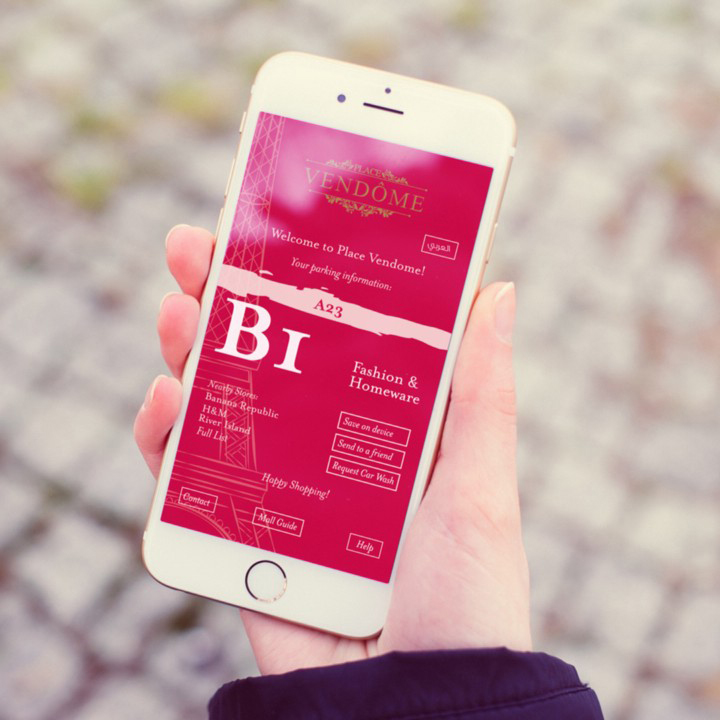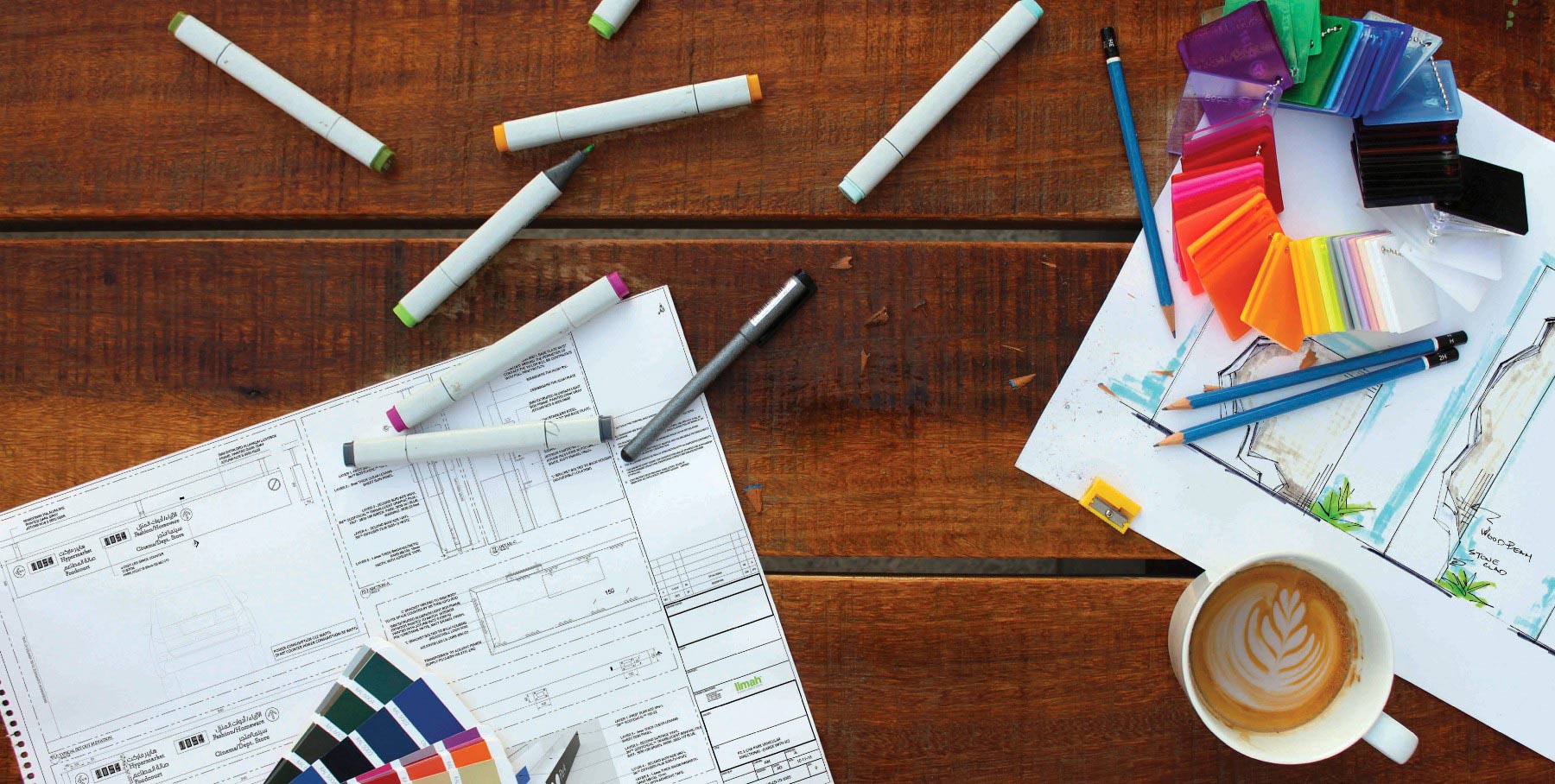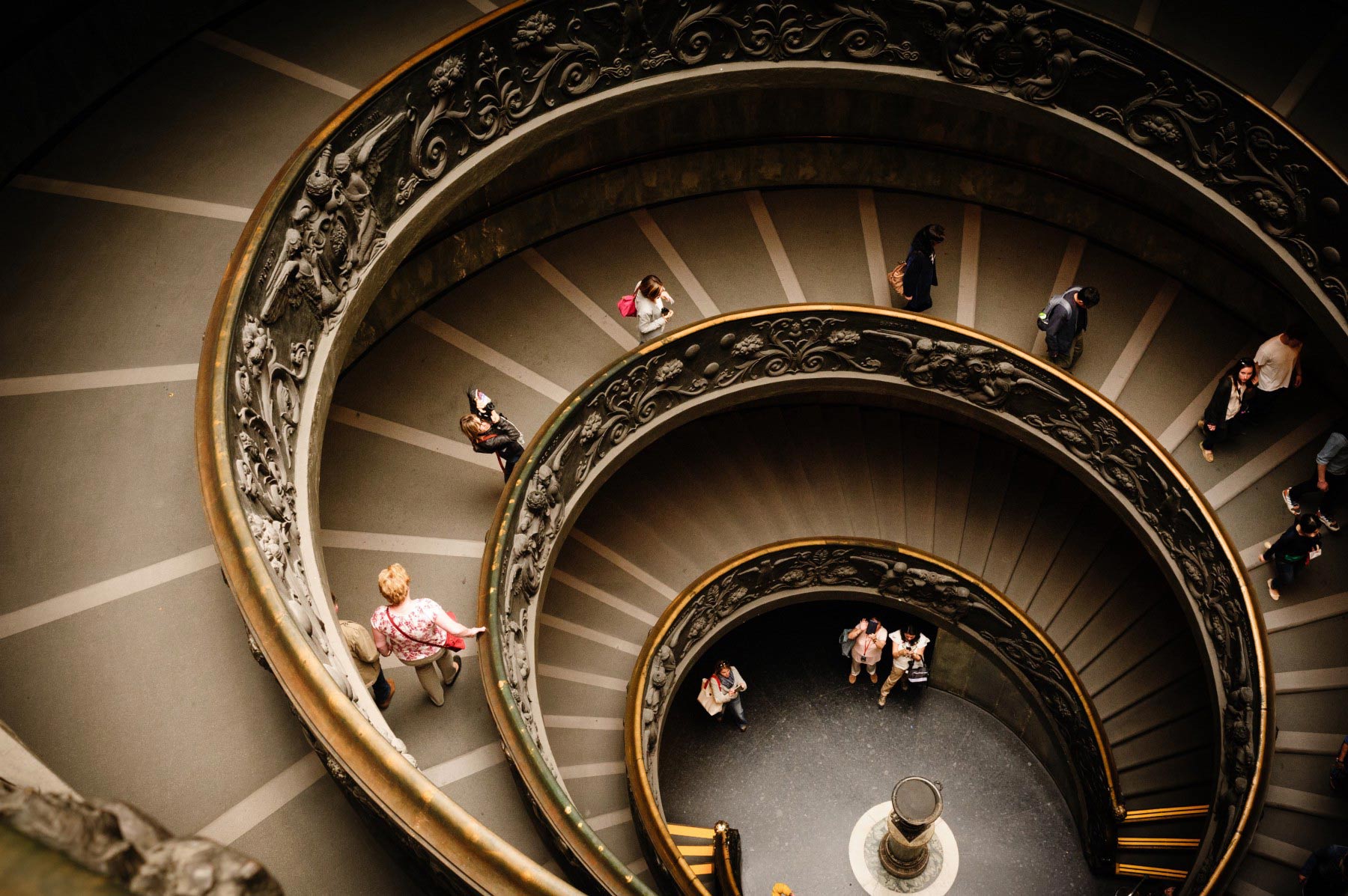5 Principles to Consider When Hiring a Wayfinding Consultant
It’s time to rethink wayfinding and start designing Human Experiences.
Today’s Developers and users demand more than just buildings, they expect a great customer experience. A few consultants across a number of disciplines are leading the way. From Architects delving into placemaking, landscape architects creating walkable cities and innovating wayfinding consultants focused on user experience.
Much has written about turning built environments into more dynamic spaces to visit, however, the total user experience is rarely considered. This is where a professional consultant in wayfinding can add the most value to a project. Those on the leading edge of the discipline can design and consider the whole experience, rather than just the signage. Since founding LIMAH, I’ve maintained one core belief; Wayfinding is not signage, wayfinding is about creating exceptional human experiences.
“Wayfinding is not signage, wayfinding is about creating
exceptional human experiences.”
The perspective brought in this discipline is unique as it’s so closely connected to the end user. Walking through each user’s journey uncovers both opportunities and threats to a project’s success that may not have otherwise been discovered. For example an architect or traffic planner may plan how many spaces are needed in a retail carpark, however when analyzed as a human experience, a wayfinding consultant will plan a user’s preferred destination, ideal exit paths, intuitive zoning and numbering/colour systems while combining digital platforms such as space counting, NFC tags, plate recognition or mobile applications. Holistically then connecting this carpark through similar approaches to the retail spaces is the ultimate in wayfinding when thought of as human experience design.

“Wayfinding consultants should be influencing and designing the human experience by early on consideration of these digital platforms and customer experience opportunities as part of the journey.”
The total user experience actually starts at home before the guest enters the built environment. How often does the marketing of a project or the website design start only when a project already under construction? Wayfinding consultants should be influencing and designing the human experience by early on consideration of these digital platforms and customer experience opportunities as part of the journey.
As with all disciplines, there is good in bad in wayfinding consulting. Unfortunately, it’s a discipline in which you don’t need a degree. This has allowed numerous companies to pop up over the years that claim to provide high-level services when in reality they are proving sign design. Signage design is not what most large-scale projects need as the engaging of unqualified consultants results in poor customer experiences. Sadly over the years, the innovations and language brought to the industry by LIMAH have become heavily imitated. Unfortunately for clients these companies claiming to offer experience design are still offering only signage. Therefore perhaps more so than other disciplines that have degrees associated with them, people claiming to offer wayfinding need to be scrutinized further. Every developer and the architectural team when engaging a wayfinding consultant should consider the below five principles to determine whether the end result will be merely signage design or rather will the consultant be developing human experiences that make for environments users want to keep coming back to. Does the consultant you are considering the offer and utilize the following?
1. Application of Multidisciplinary Skills and Perspectives
A professional wayfinding consultant will define and develop with the client the common project vision and site-wide strategy. However, to do this effectively they must cross the borders between product design, marketing, architecture, branding, engineering, customer experience, digital design, and many other disciplines. Gone are the days of wayfinding being done by branding agencies or graphic designers although this is still the norm in the industry. I disagreed with this basic approach and was a big reason for my wanting to start my own firm. Today’s leaders in the field see that human experience drives strategy and design and must be multidisciplinary. In our studio, for example, we have industrial designers, information designers, architects, interior designers, engineers, human-centred researchers, wayfinding analysts, experience strategists and graphic artists. Checking the background and core disciplines of the teams is critical to find the right company.
2. Consideration of the Whole Journey
Arriving at the site is only one stage of the user’s experience. Other experiences that can be developed include the online stage, parking, navigating, customer service and social media interactions, digital applications, facilities management, public art engagement and VIP or upgrade considerations. While signs will always be part of wayfinding, they should be the result of consideration of the holistic journey and experience. You will quickly ascertain who is the correct team for you by the way they speak of the entire project. Wayfinding is a holistic discipline. One cannot design only one part of the project. A professional considers all parts of the project to create a final harmony through all areas resulting in a seamless journey.
3. The Design Process Is Iterative
The best time to engage professional wayfinding consultant is at the earliest of masterplan stages. Early testing of conceptual human experience models will uncover opportunities but should be reconsidered through all stages as each discipline contributes to the project. In all cases, wayfinding strategies and design can be refined and improved by iteration. Complete user journeys are key as they help identify interactions between stages of design work and disciplines. As the project evolves, these strategies likewise evolve with a focus on keeping users engaged and ideally spending money at project sites. These strategies increase revenues for our clients. If companies you are considering are focused only on design and not strategy in early stages it’s a red flag, they likely do not understand or know how to create Strategy for complex spaces.

4. Deliver Engagement Through Non-Traditional Wayfinding Elements
Don’t assume that adding signage to a project at the last stages is adequate. The majority of companies you research will focus only on basic signage. Users’ needs have evolved and a successful environment keeps users engaged and keeps them coming back. An excellent way to do this is through non-traditional means such as public art, digital platforms, customer service interactions, interactive advertising and design integrated into the architecture and interior. At LIMAH we saw the need to change the discipline and expand into experience design, wayfinding and public art. This allows for a much more comprehensive approach to projects. A professional in wayfinding has the ability to deliver on all of these platforms and disciplines.

5. Integrate Users, Human Factors, and Environments
Designers must factor in user behaviours, abilities, architectural context, user preferences, as well as the client’s goals and aspirations. The objective is to build a sustainable relationship between the environment and the end user. Careful research is required to understand the project whole; the relationships between users’ needs versus the Clients practical revenue generation opportunities. This requires a professional wayfinding consultant that has real-world experience, as well as a team that has extensive training in the discipline. Again as this is not a discipline taught in schools, therefore background research must be done on the owners and directors. Most companies in the business are not run by designers, but rather business people. Therefore they likely have not innovated in the discipline and are not offering the best and latest in the discipline.

If Developers are looking for a competitive advantage, creating a positive total human experience is the best place to start. Many developers have evolved into dividing projects by discipline of expertise, which makes user-centred design difficult, if not impossible. However, when developers and architectural teams collaborate with a wayfinding consultant that is multidisciplinary, one that considers the whole journey and makes the design process iterative, one that designs to keep users engaged and finally integrates users’ needs into the environment, the result can give them that competitive advantage. This is the future of the discipline, and those at the forefront recognize a positive human experience is the Deliverable.
Talk to me here. -> Instagram, Twitter, or Facebook.
I’d love to talk with you and know your thoughts on this article. Can I help you create an exceptional human experience for your customers? Get in touch.
Learn more about our work in experience design, wayfinding and public art at @ limahdesign.com

